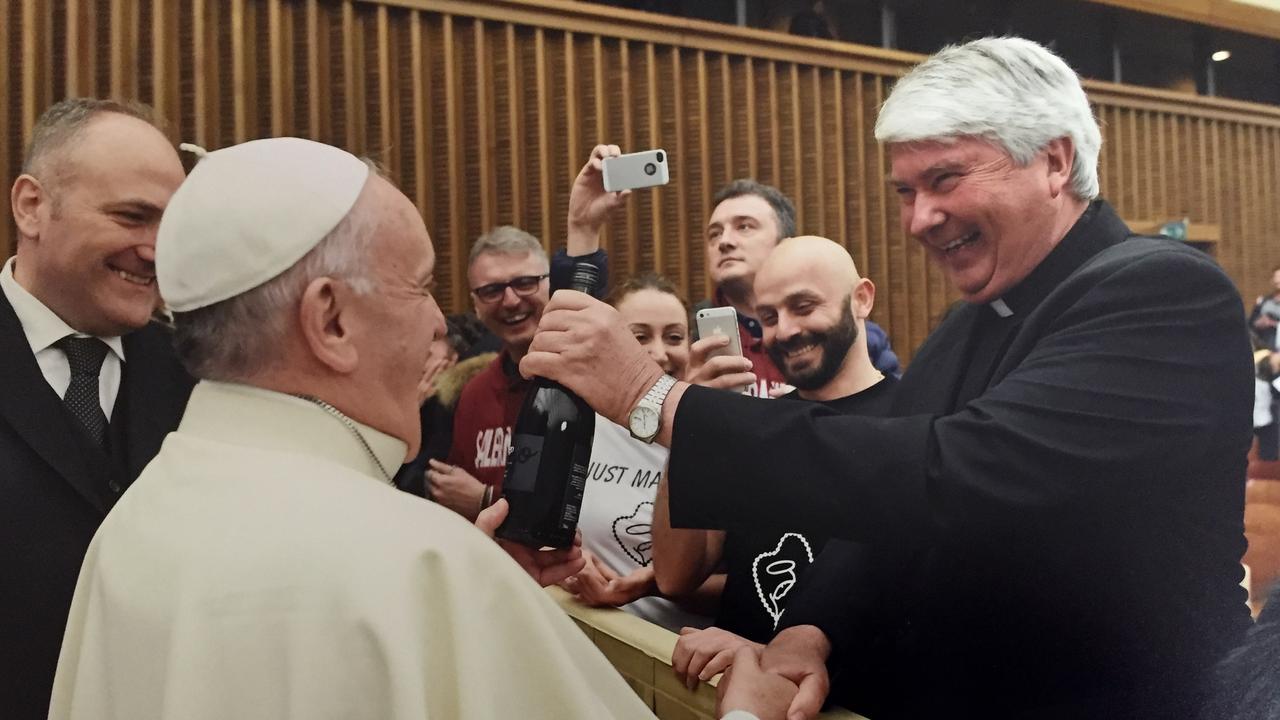As we rush towards the exit, cautious steps get the boot
Eager to contain economic damage, states risk a fresh wave of infections.

For many, this is a difficult argument to hear; not because the medical experts disagree but because of the damage the lockdown has done and the desperation we all have to get past it. However, we must not rush to failure.
Make no mistake: rushing towards a brighter economic future risks our capacity to sustain any advancements made. Reopening the economy too quickly in a bid to revive it, only to cause a second wave of infections that would force further restrictions, would do even greater economic harm than has been done already. Importantly, it would risk a health crisis similar to what we have seen abroad but that we have been lucky enough to avoid here.
The politicians, in their growing haste to kick-start the economy and keep a restless public onside, need to be careful. We all want restrictions eased as soon as possible for our individual sanity, to help save jobs and to try to resume normal life. So many people already have lost their jobs or have been severely affected by lost income. Few Australians are untouched by this crisis. The toll on the mental health of people has been immense.
But there was a reason the national cabinet set in place a three-stage process across three-week intervals, presumably on the advice of the medical experts. That’s because we need to be careful, tracking the data during each period of eased restrictions to ensure the steps taken are fit for purpose.
The whole concept of conservatism is built around caution: don’t support changes too quickly without strong evidence, lest the law of unintended consequences kicks in. Some right-wingers have questioned the reaction to the pandemic from day one, claiming conservatism was ignored in a rush to lockdown. However, that misunderstands the ideology.
Being conservative doesn’t mean simply being slow to act in a crisis. It is a proof-based ideology that requires caution. In the context of current public policy challenges the proof of the virus spreading swiftly out of control overseas coupled with what we knew about the threats it posed required the pandemic response we saw. It may be that a non-conservative approach to lifting restrictions has the unintended consequence of bringing back all the dangers that so far have been managed well.
The problem is that the premiers and Scott Morrison are alert to and alarmed by the damage being done to the economy and less focused on the health crisis that has been narrowly avoided.
As a result they are breaking their own agreed rules — intentionally or unintentionally — and adjusting restrictions within the stipulated three-week period outlined at the national cabinet meeting more than a fortnight ago. This was confirmed at the most recent meeting on Friday.
The agreed three-step process negotiated at the national cabinet made it abundantly clear that while each state could and should operate independently in terms of how it chose to lift restrictions, changes were to be set in stone for those three-week intervals.
From a public policy perspective that was a sound approach. Let federalism work its magic using the different approaches from each state and territory as a series of case studies to assess successes and failures. As an unintended consequence of state border restrictions, the experimental value of the variables state by state was enhanced — remember, the Australian Health Protection Principal Committee never recommended closing state borders in the first place. That too was politicians making decisions not commensurate with the medical advice.
State by state variations evaluated according to the impact of changes across a three-week period would provide a strong sample set with good scientific methodology — assuming, that is, the guidelines agreed to were followed.
We are still within the first three-week period, and already some states — with the backing of the federal government — are moving more quickly than originally outlined and agreed to.
NSW, for example, initially moved to open up pubs and restaurants with a maximum of 10 patrons at any one time. Under the three-stage process the national cabinet agreed to, that should have been the permitted maximum in NSW for three weeks, without change, as data was accumulated, assessed and as caution sat front of mind. Instead, it didn’t take long for Premier Gladys Berejiklian to announce that NSW would be lifting the limit to 50 come this Monday.
Making that announcement during the first stage — rather than after it has ended and once an evaluation of the first tranche of changes has been made — is risky in the extreme. It also caught many businesses off guard, as excited as they are with any easing of restrictions to help them reopen their doors.
One suspects vested interest groups lobbying for a quicker easing of restrictions are carrying too much sway over some politicians.
As a nation we have embraced individual public health measures — using hand sanitiser and frequent handwashing, keeping 1.5m apart and so on. Community measures — that is, how we choose to congregate in larger gatherings — are just as important. This is the delicate area of decision-making in the three stages of reopening and we must get it right to avoid a second wave of COVID-19 infection.
NSW hasn’t been alone in making mistakes, distorting the sample set for stage one. Other states have done similar. You have to wonder what the medical experts are telling the politicians making these decisions. We are constantly told the medical advice is being followed. Is that the case here?
Australia needs to be cautious, because there are numerous examples of nations that lifted restrictions too soon, only to be hit by a second wave of the virus. The latest is South Korea, once the pin-up country for how to successfully manage this virus. On Thursday it had the biggest spike in new virus cases in nearly two months — a doubling of cases from the previous day. All of its early good work controlling the virus is now at risk. That could be Australia’s fate if caution doesn’t prevail.
Peter van Onselen is political editor at the Ten Network and a professor of politics and public policy at the University of Western Australia and Griffith University.




We are moving too quickly through the three steps the national cabinet set for lifting lockdown restrictions, thereby risking the success Australia has had to date in combating COVID-19.